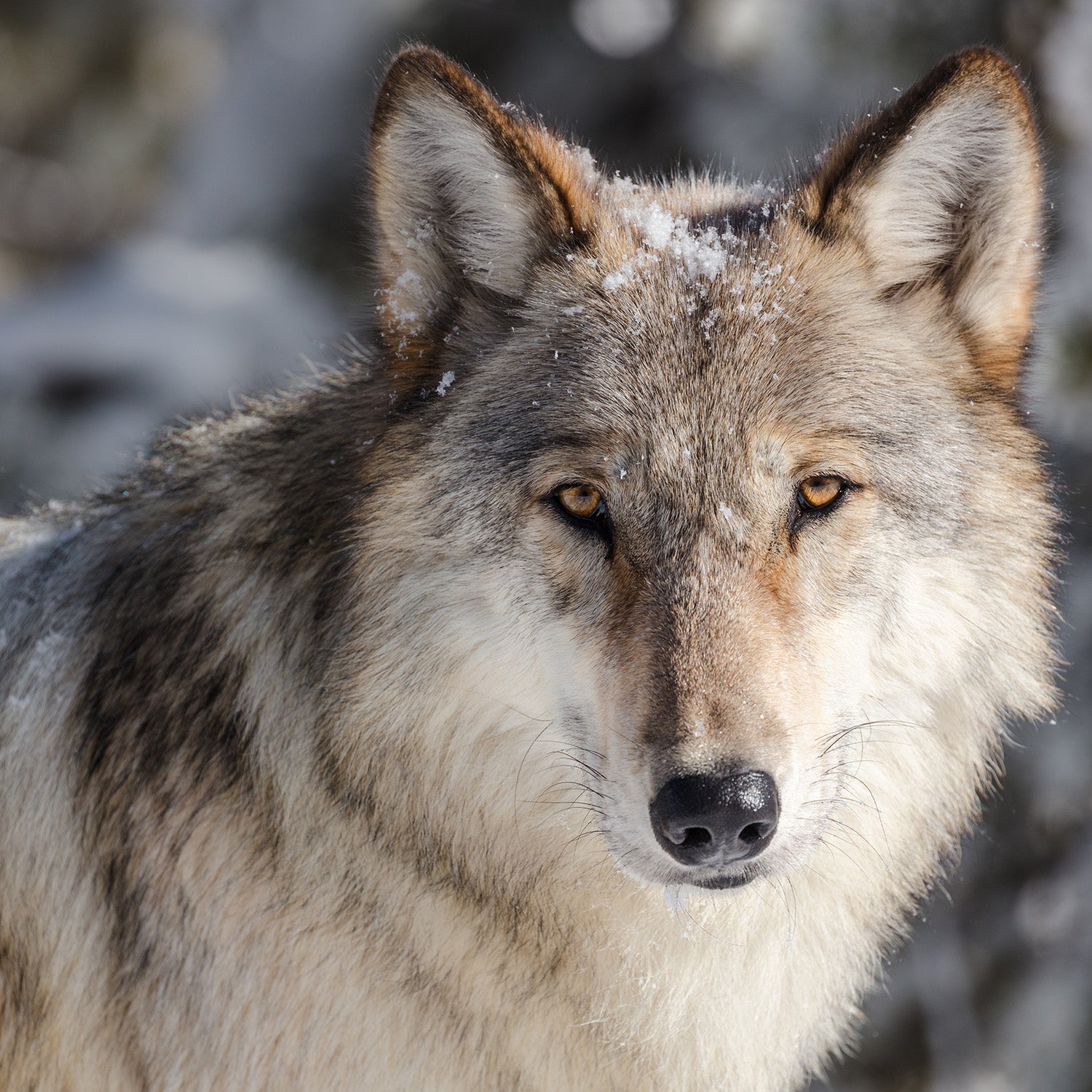Colorado officials hope to reintroduce 30 to 50 wolves to the state’s western slope over the next three to five years, according to a released today. The wolves will be captured from wild packs already thriving in Idaho, Montana, and Wyoming, then released west of the Continental Divide, in an area surrounding Aspen. The plan is aimed at reducing overpopulated ungulate populations, and dispersing those elk and deer more broadly across the region. Conflicts with humans will be managed through an educational campaign, non-lethal deterrence measures, compensation for lost livestock, and when necessary, lethal control measures.��
The much-anticipated draft is the result of a ballot measure that was narrowly voted in during the 2020 election, which requires state officials to start releasing wolves no later than December 2023. According to the state, it’s goal is:��“to recover and maintain a viable, self-sustaining wolf population in Colorado, while concurrently working to minimize wolf-related conflicts with domestic animals, other wildlife, and people.”
Colorado Parks and Wildlife will now solicit public input across multiple meetings with citizens and stakeholders, before the state wildlife commission votes on a final version of the plan next spring.��
The plan proposes managing wolves using an “impact-based” approach, which will rely on monitoring and evaluating the species’ impacts on an ongoing basis.��
The state explains:
“If wolves are creating conflict, manage to resolve the problem. When conflicts occur, they should be addressed on a case-by-case basis using a combination of appropriate management tools, including education, non-lethal conflict minimization techniques, lethal take of wolves, and damage payments. Proactive and reactive non-lethal conflict minimization techniques should be encouraged and explored as a first line of defense, with consideration of individual and community-level approaches. Lethal management should not generally be the initial response to conflicts, however there may be certain conditions under which lethal removal of wolves may be used first to support effective conflict management.”
The plan is predicated on the assumption that wolves will have both positive and negative impacts. Positive results include a reduction and dispersal of ungulate populations, ecosystem restoration, prey species disease control, tourism, and what the drafts calls the “intrinsic value” wolves will being to Colorado’s wild places.��Negative impacts include livestock and pet degradation, and reduced ungulate hunting opportunities. As states like Idaho have demonstrated, the plan acknowledges that while these negative impacts may be so small as to be statistically irrelevant, they still may be “acute on a local or individual scale.”��
Wolves in Colorado will be protected by the Endangered Species Act. The plan proposes working toward a delisting, should one of several population criteria be met. Proposed minimum thresholds include a wintertime population count exceeding 50 wolves for four successive years, a total statewide population exceeding 150 wolves for two successive years, or a population exceeding 200 at any point. The draft proposes wolf hunting be made legal should the population meet that 200 individual count.��
CPW will need to work with livestock owners to implement non-lethal conflict minimization techniques, in line with the state’s existing guidelines. Should those measures fail, the plan calls for the state to compensate owners with 100 percent of a depredated animal’s fair market value, up to $8,000 for each loss.��
The state will fit all of the released wolves with GPS tracking collars; at least one member of each pack will be collared as populations expand. The state will also rely on winter track counts, aerial surveys, hair sampling, scat collection, howling surveys, trail cameras, and direct observation to keep tabs on population levels and health.��
The draft also highlights that ongoing research must be conducted on both the social and ecological impacts the wolf reintroduction creates. That data will then inform continuous efforts to adapt the wolf reintroduction plan to maintain the success of the species as it coexists with human Coloradans.


